It’s not a simple choice making a choice between Sydney and Cape Town for your next vacation. Both these sea pearls have stunning coasts, rich cultural heritage, and thrill-list activities that attract individuals from all over the world.
Although both cities lie in the Southern Hemisphere and enjoy oceanic climates, their disparate natures give completely different vacation experiences. Here is an overview of 20 primary factors in deciding between Sydney and Cape Town for your next vacation.
Weather Patterns
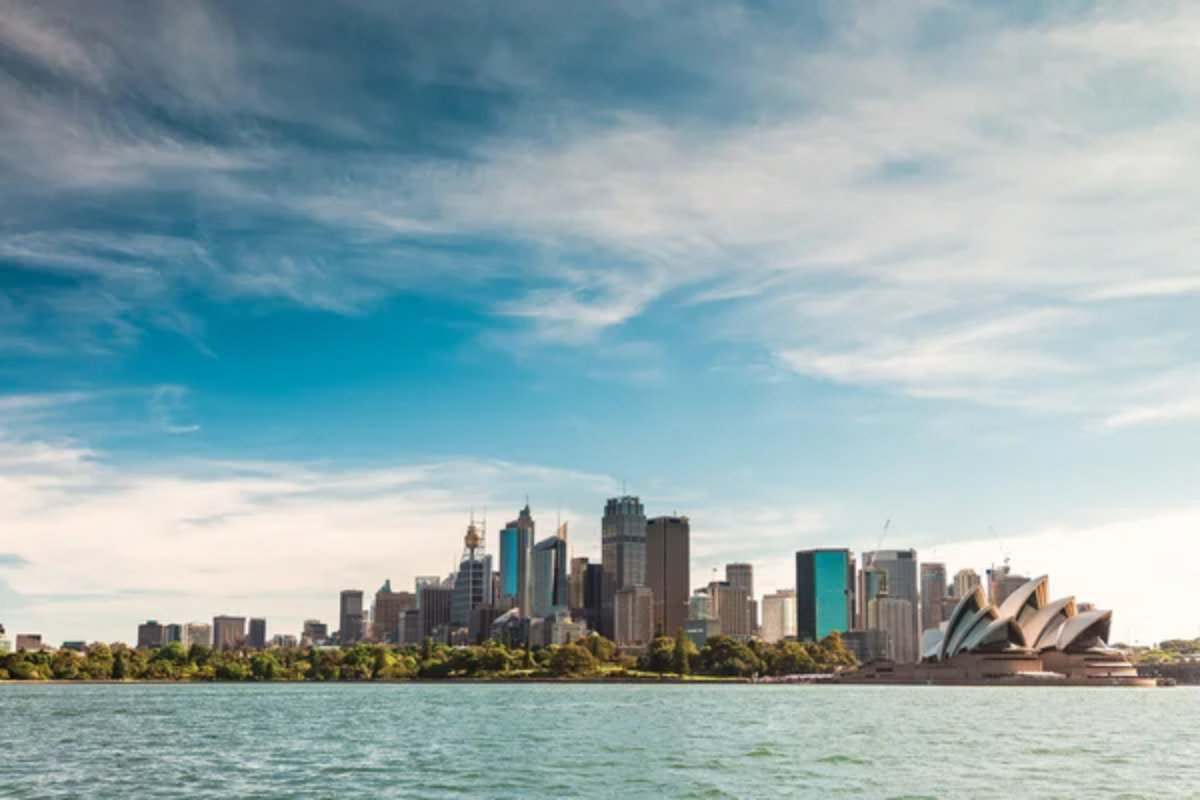
Cape Town embraces a Mediterranean climate – warm, dry summers alongside mild, wet winters. Summer months (December to February) typically see temperatures around 80°F with hardly any rain, whereas winter rarely drops below 45°F.
Sydney boasts a humid subtropical climate with warm summers and relatively mild winters, though summer heat waves can occasionally push thermometers above 100°F. Unlike Cape Town’s distinct wet season, Sydney receives rainfall throughout the year, which makes weather planning a bit trickier.
Natural Landscapes
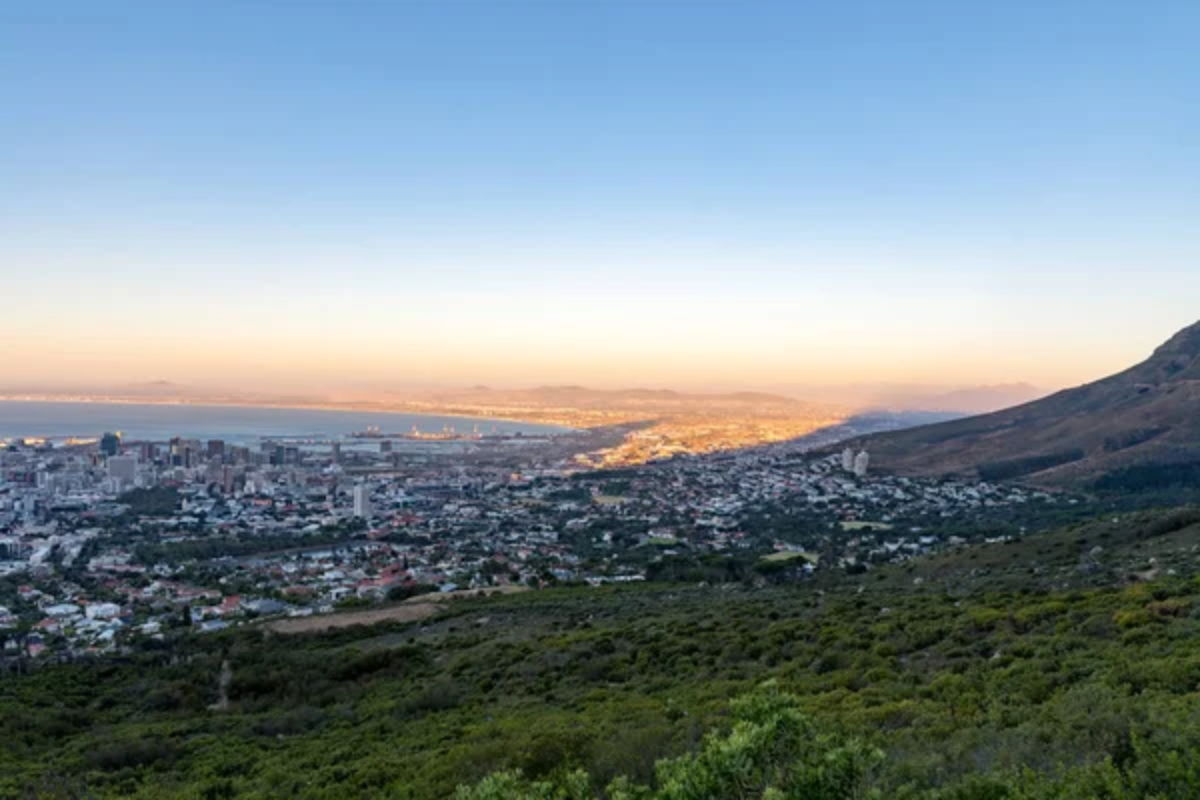
Cape Town’s geography centers around Table Mountain – that iconic flat-topped formation visible throughout the city – alongside dramatic coastal cliffs where two oceans converge. The surrounding peninsula showcases diverse ecosystems, from unique fynbos vegetation to pristine beaches, all within surprisingly short distances.
Sydney, meanwhile, sprawls across a massive harbor dotted with countless bays and inlets, surrounded by national parks and the majestic Blue Mountains just a short drive away. The harbor city’s golden beaches and scenic coastal walks offer different yet equally breathtaking natural backdrops.
Like Travel Pug’s content? Follow us on MSN.
Beach Quality
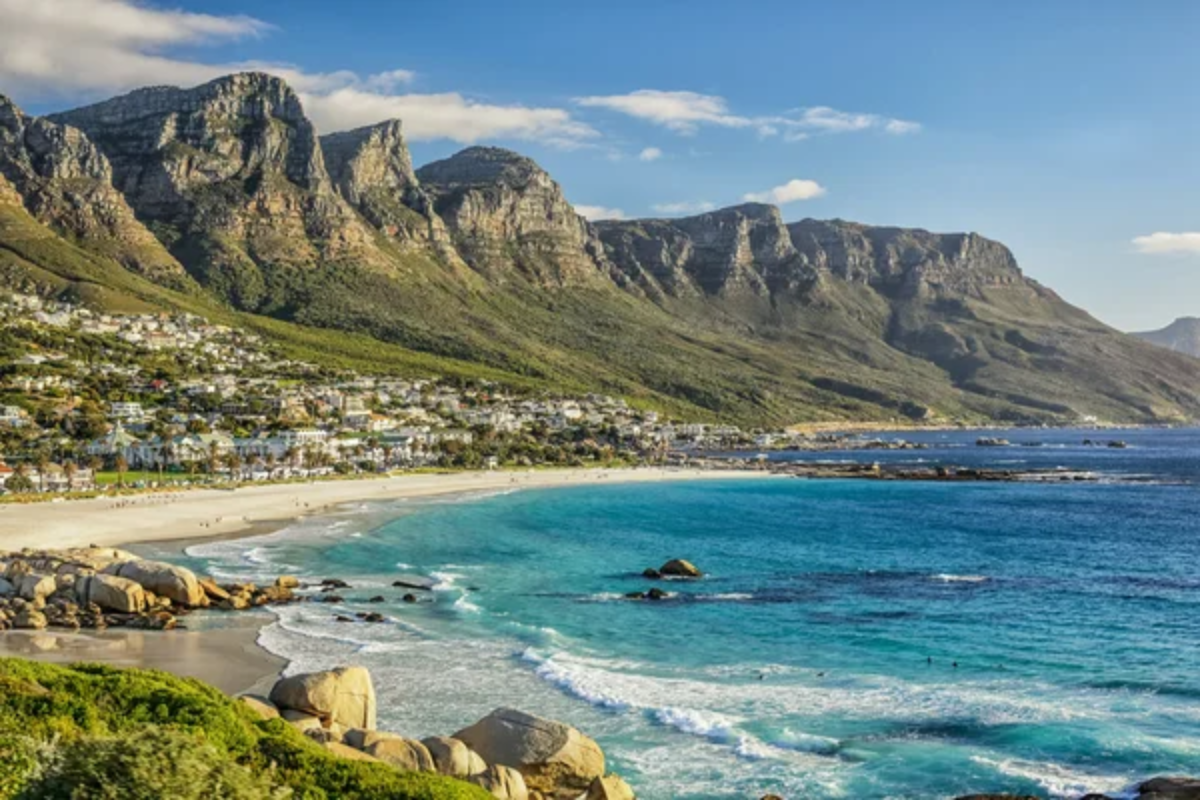
Cape Town features remarkable beach diversity with distinct personalities – from glamorous Camps Bay with its powder-white sand and mountain backdrop to the charming penguin-inhabited Boulders Beach. Don’t expect tropical swimming, though; water temperatures stay relatively cool year-round due to Atlantic currents.
Sydney’s beaches have earned worldwide fame – Bondi and Manly provide reliable swimming conditions, noticeably warmer water, and excellent surfing opportunities. You’ll also find better facilities in Sydney, more consistent lifeguard coverage, and generally calmer swimming conditions overall.
Local Cuisine
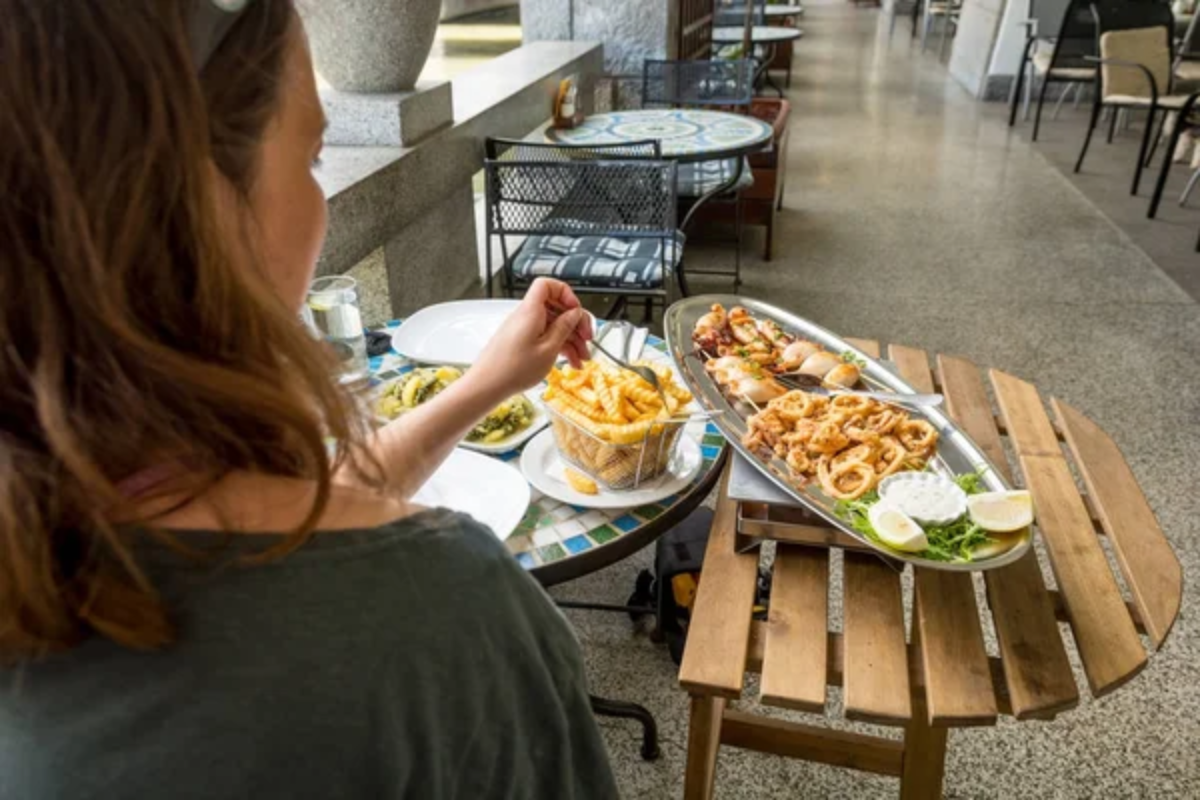
Cape Town’s food scene merges African, European, and Asian influences – creating distinctive dishes like bobotie, potjiekos, and flavorful Cape Malay curry. The Western Cape’s renowned wine regions deliver excellent local wines at surprisingly reasonable prices throughout city restaurants.
Sydney offers incredible seafood, innovative Australian fusion cuisine, and pronounced Asian influences – particularly from Southeast Asia and Japan. The city’s coffee culture reaches extraordinary heights; many experts claim Sydney serves some of the world’s best coffee.
Cultural Diversity
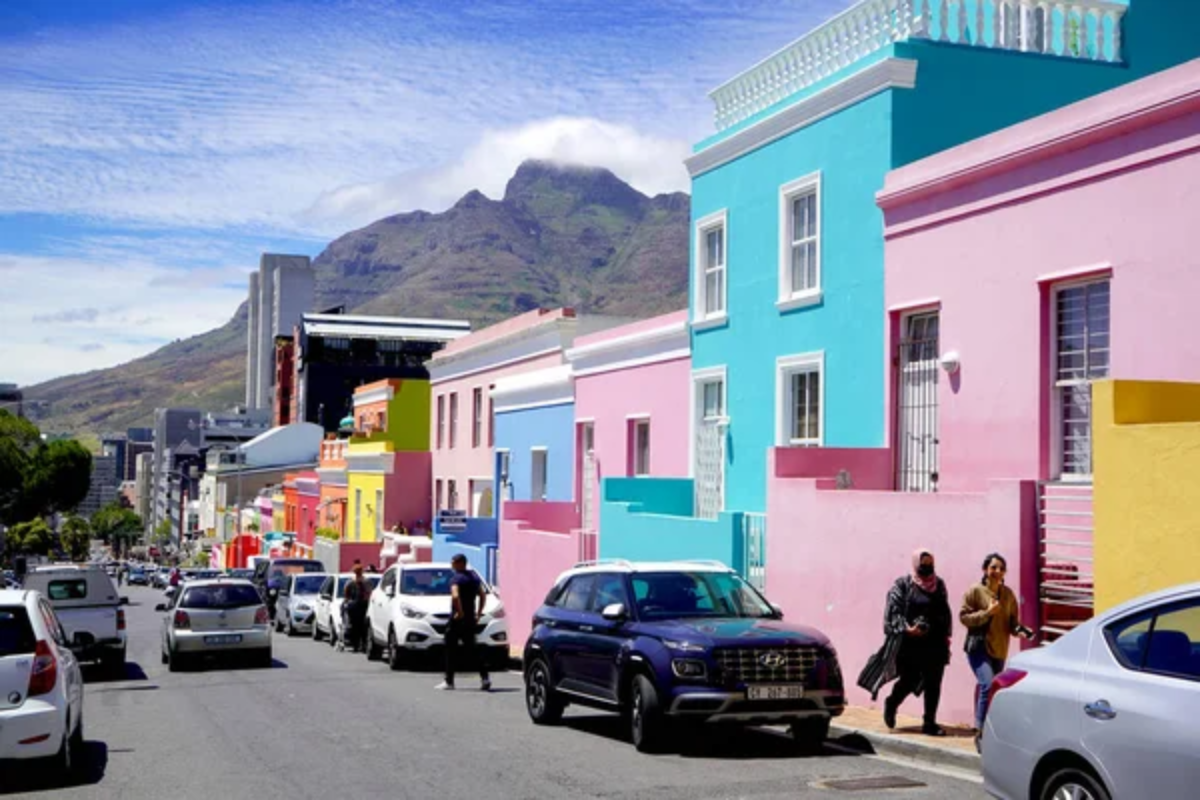
Cape Town reflects South Africa’s complex history through its diverse communities – from Cape Malay to Xhosa and European-descended populations. This diversity manifests in neighborhood characteristics, languages heard on streets, and vibrant cultural expressions citywide.
Sydney ranks among the planet’s most multicultural metropolises – with substantial communities from across Asia, Europe, and Pacific regions creating dynamic ethnic neighborhoods. Nearly 40% of Sydneysiders were born overseas – compared to Cape Town’s more regionally concentrated demographics.
Like Travel Pug’s content? Follow us on MSN.
Cost Considerations

Cape Town delivers exceptional value for travelers with strong currencies – luxury accommodations, fine dining, and premium activities generally cost 30-50% less than comparable experiences in Sydney. Even budget travelers discover their money stretches remarkably further here.
Sydney sits firmly among the world’s priciest cities – accommodation, food, and transportation costs rival London or New York. Budget travelers should prepare to spend at least $100-150 daily for basic expenses, while luxury experiences command substantial premiums.
Safety Concerns

Cape Town confronts challenges with crime rates exceeding most major tourist destinations – requiring visitors to exercise prudent caution, particularly after dark in certain neighborhoods. Smart travelers follow local advice regarding secure areas and transportation options.
Sydney enjoys a stellar reputation as one of the safest major global cities, with comparatively low crime statistics and responsive emergency services. Most tourist areas remain secure at virtually all hours, though standard urban precautions still make sense.
Wildlife Encounters

Cape Town offers remarkable wildlife viewing – from African penguins waddling at Boulders Beach to baboons roaming the Cape Peninsula and seasonal whale watching directly from shoreline viewpoints. Nearby game reserves provide opportunities to see quintessential African wildlife within reasonable driving distance.
Sydney’s urban spaces house surprising creatures like possums, massive flying foxes, and brilliantly colored parrots, while harbor waters feature dolphins and seasonal whale migrations. The excellent Taronga Zoo runs outstanding conservation programs, though encountering Australia’s iconic wildlife typically requires venturing further from city limits.
Like Travel Pug’s content? Follow us on MSN.
Hiking Opportunities

Cape Town provides incredible hiking options literally from downtown streets – Table Mountain alone offers dozens of trails ranging from casual walks to challenging technical climbs. Lion’s Head and Cape of Good Hope trails showcase absolutely spectacular coastal panoramas.
Sydney features excellent coastal walks – including the famous Bondi to Coogee track – plus extensive trail networks throughout surrounding national parks like Ku-ring-gai Chase and Royal National Park. Many Sydney trails incorporate Aboriginal heritage sites with thoughtful interpretive information.
Public Transportation

Cape Town’s public transportation includes buses and ubiquitous minibus taxis, yet lacks comprehensive rail options for tourists. Most visitors ultimately rely on rideshare services or rental cars to navigate efficiently between attractions.
Sydney, conversely, boasts an extensive, reliable public transportation network – trains, buses, ferries, and light rail options connecting virtually all tourist points of interest. The user-friendly Opal card system simplifies navigation, with harbor ferries doubling as scenic cruises.
Local Attitudes

Capetonians demonstrate remarkable friendliness and willingness to assist visitors, often going well beyond expectations to provide directions or insider recommendations. The relaxed ‘Cape Time’ attitude prioritizes enjoying life over rigid schedules.
Sydneysiders maintain a casual, friendly demeanor while operating at a faster pace typical of major global cities. The quintessential Australian ‘no worries’ attitude permeates interactions, though the city functions with greater efficiency and punctuality than its South African counterpart.
Like Travel Pug’s content? Follow us on MSN.
Art Scenes
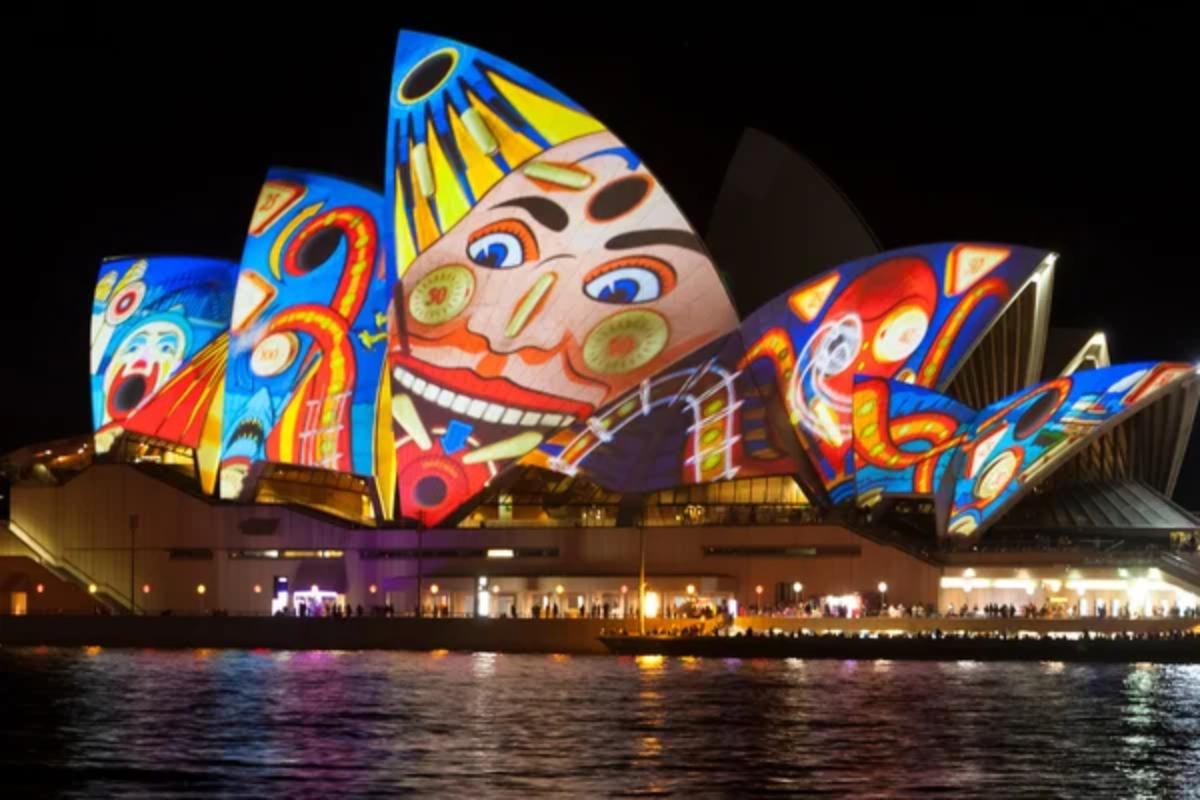
Cape Town houses Africa’s largest contemporary art museum, the Zeitz MOCAA, alongside numerous galleries showcasing diverse African artistic expressions. The city’s vibrant street art, particularly throughout Woodstock, reflects thoughtful social commentary and cultural heritage.
Sydney’s art scene revolves around established institutions like the Art Gallery of NSW and Museum of Contemporary Art, complemented by commercial galleries in Paddington and Chippendale neighborhoods. The city’s annual light festival, Vivid Sydney, transforms ordinary buildings into massive, breathtaking art installations.
Historical Significance
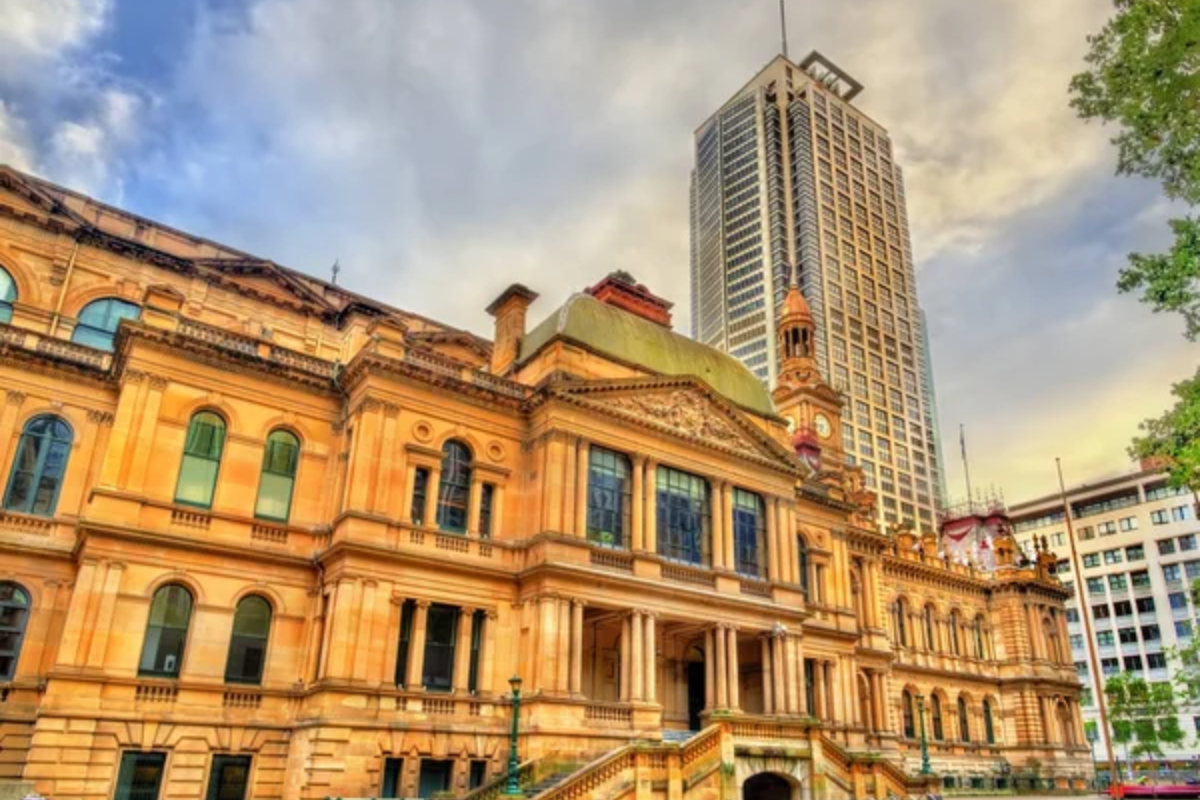
Cape Town carries profound historical weight as South Africa’s oldest European settlement and a central location in both colonial history and the anti-apartheid struggle. Robben Island, where Nelson Mandela spent 18 years imprisoned, provides a powerful historical context for visitors.
Sydney holds significance as Australia’s first European settlement, with well-preserved historical sites throughout The Rocks district. The city also acknowledges Aboriginal history dating back tens of thousands of years, though much physical evidence has unfortunately been lost to urban development.
Nightlife Experience

Cape Town concentrates its nightlife around areas like Long Street and Camps Bay, with an emphasis on rooftop bars, beachfront venues, and seasonal clubs. The scene operates relatively early by international standards, with most venues closing around 2 am.
Sydney offers diverse nightlife, from sophisticated harborside cocktail bars to underground music venues and major clubs in neighborhoods like Kings Cross and Newtown. The city implemented controversial ‘lockout laws’ in recent years, though many restrictions have since been relaxed or eliminated.
Like Travel Pug’s content? Follow us on MSN.
Day Trip Options
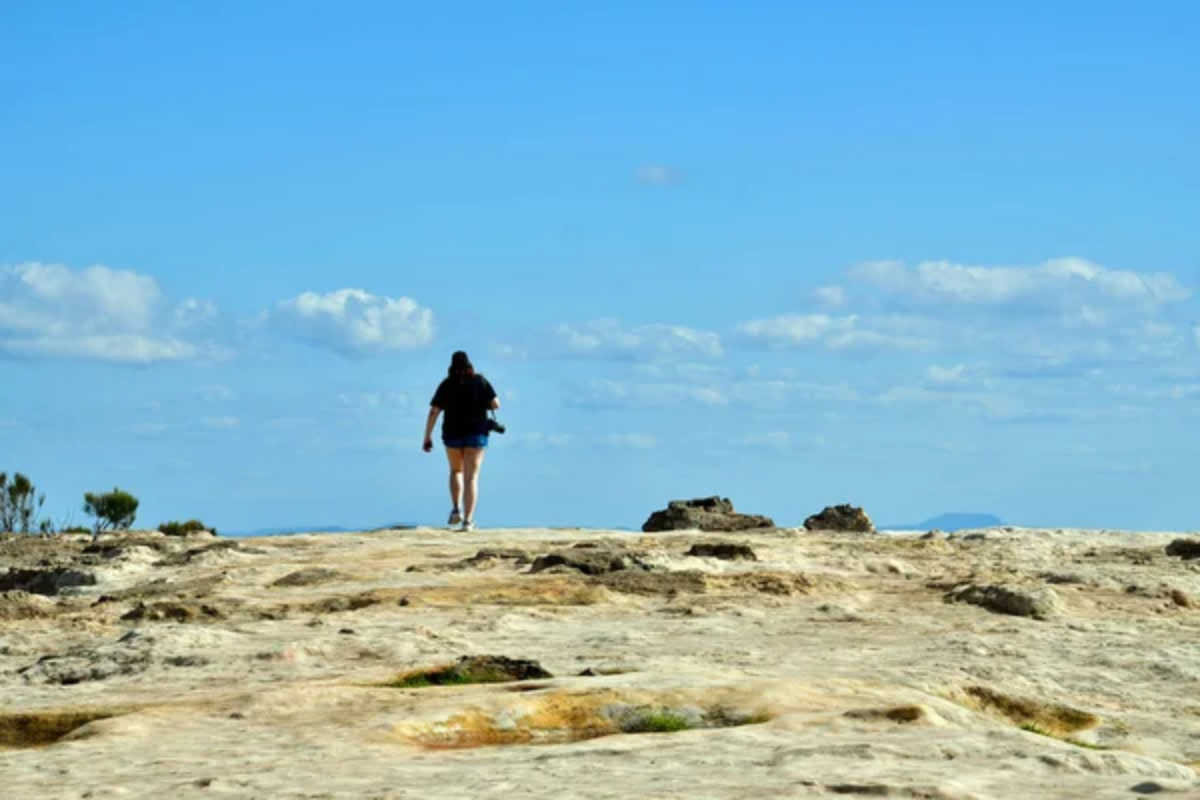
Cape Town serves as a perfect gateway to numerous exceptional day trip opportunities. The Cape Winelands, with historic towns like Stellenbosch and Franschhoek, lie just 45 minutes away. The Cape Peninsula, African penguin colonies, and coastal drives rank among the world’s most scenic day excursions.
Sydney provides easy access to the Blue Mountains, Hunter Valley wine region, pristine beaches of the Central Coast, and the spectacular Royal National Park. Most require slightly longer journeys than Cape Town’s offerings but feature excellent infrastructure and well-developed tourism services.
Architectural Styles
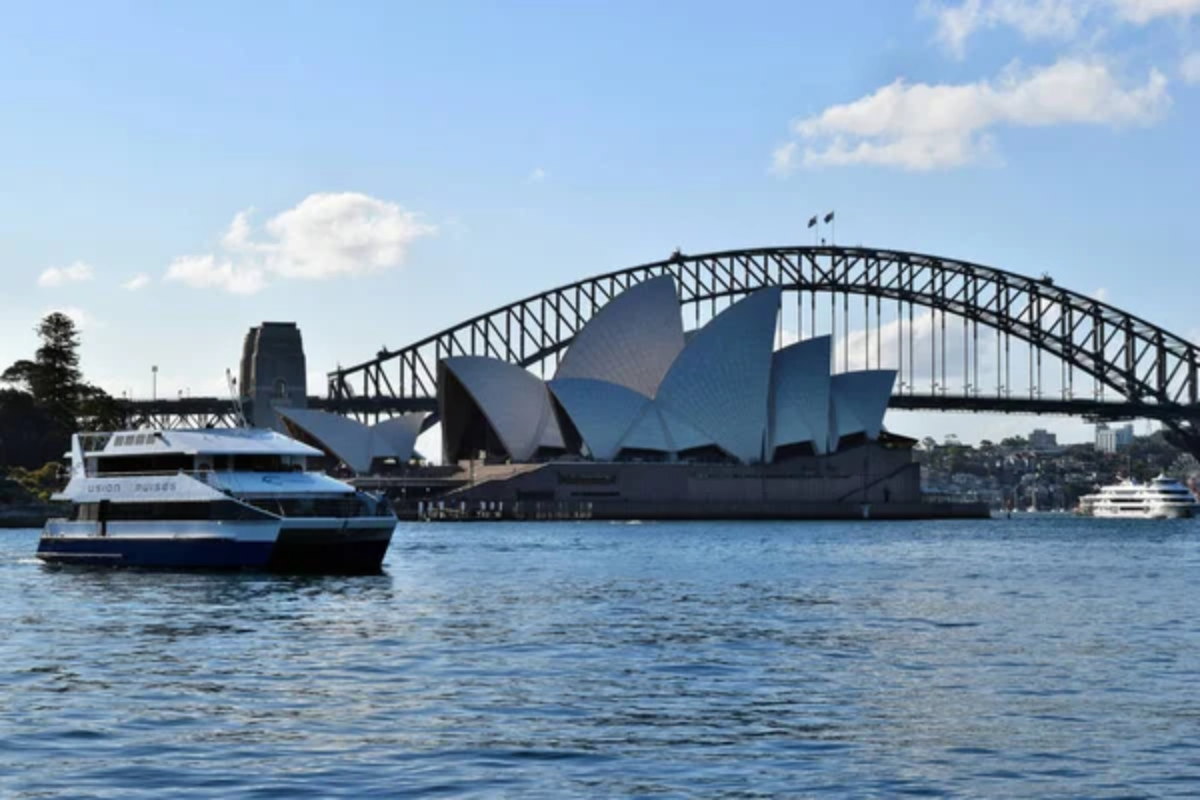
Cape Town’s architecture presents a fascinating mix of Cape Dutch colonial buildings, colorful Bo-Kaap houses, Victorian influences, and ultra-modern designs like the stadium built for the 2010 World Cup. Historic and contemporary buildings create striking contrasts throughout the cityscape.
Sydney showcases primarily modern architecture dominated by the iconic Opera House and Harbour Bridge, with colonial-era buildings carefully preserved in The Rocks district. Contemporary developments feature innovative designs focused on sustainability principles and maximizing those coveted harbor views.
Language Accessibility

Cape Town operates primarily in English and Afrikaans, with English widely spoken in all tourist areas and businesses. Visitors encounter few language barriers, though hearing multiple languages in everyday settings adds to the cultural experience.
Sydney functions almost exclusively in English, making it exceptionally accessible for English-speaking visitors. While the city’s multiculturalism means many languages are spoken in homes and ethnic neighborhoods, English dominates public communication and signage.
Like Travel Pug’s content? Follow us on MSN.
Seasonal Events
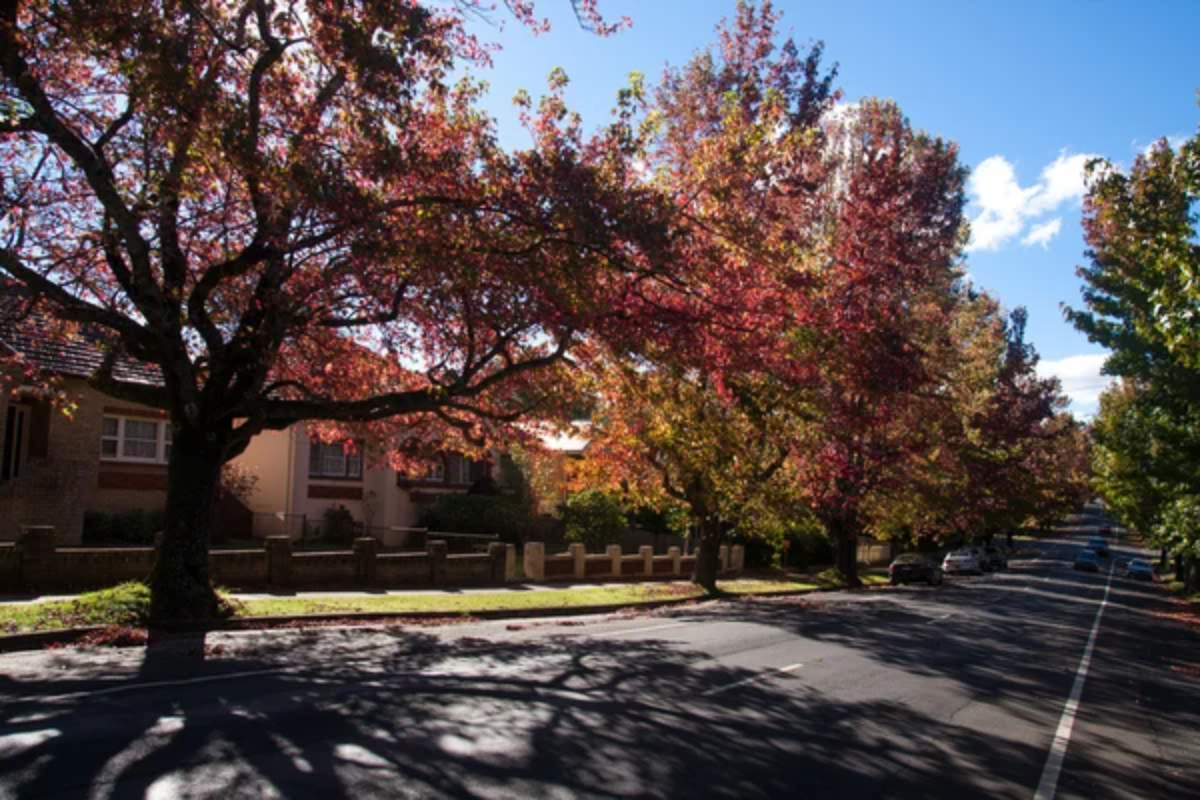
Cape Town’s event calendar features major gatherings like the Cape Town Jazz Festival, the Cape Town Cycle Tour, and the vibrant Cape Town Carnival, mostly concentrated in the summer months from November through March. The winter season offers fewer major events.
Sydney structures its calendar around signature events like the spectacular New Year’s Eve fireworks, Sydney Festival in January, Vivid Sydney light festival in winter, and numerous sporting events year-round. The city maintains a more consistent event schedule across seasons.
Shopping Experiences
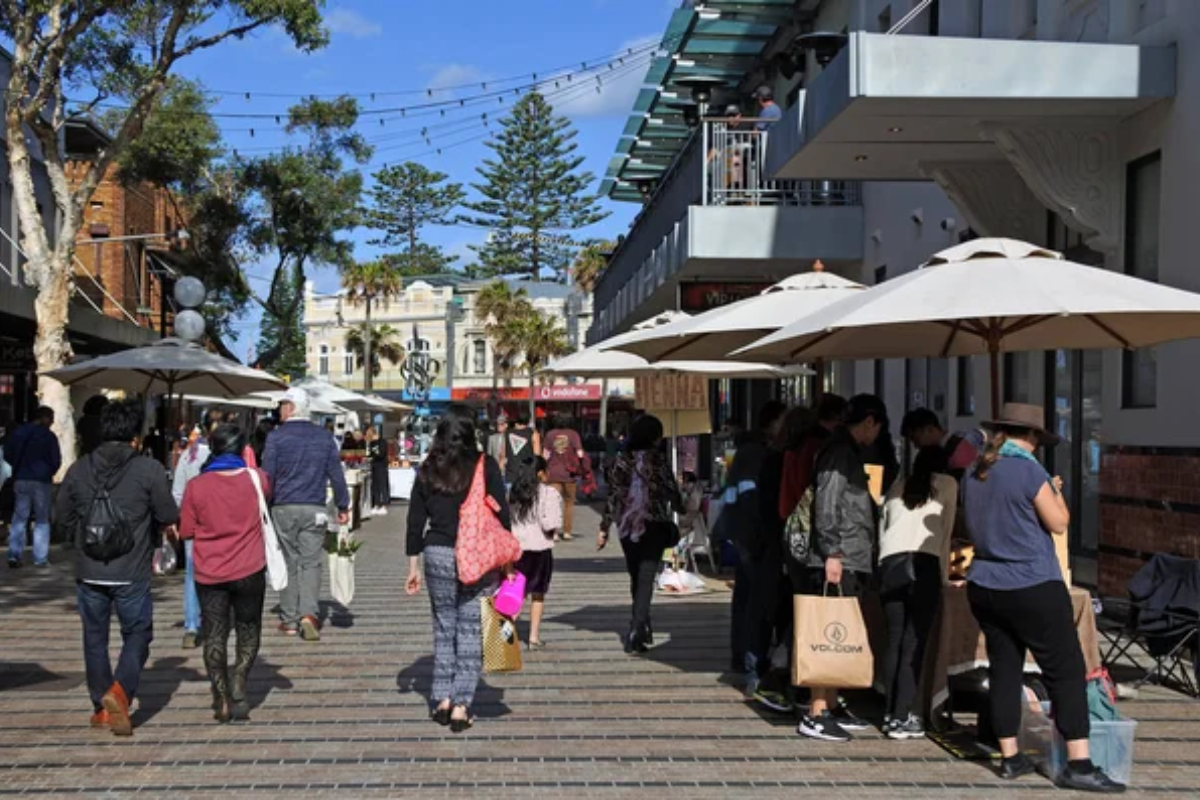
Cape Town provides diverse shopping opportunities from the Victoria & Alfred Waterfront complex to local markets like Greenmarket Square and the Neighbourgoods Market, emphasizing African crafts, art, and locally designed fashion. Prices generally offer excellent value.
Sydney features high-end shopping in the CBD and Bondi Junction, boutique districts in Paddington and Surry Hills, and markets like Paddington Markets and The Rocks Market. International luxury brands dominate central shopping areas, with prices reflecting the city’s higher cost of living.
Coffee Culture

Cape Town’s coffee scene has developed rapidly in recent years, with artisanal cafés concentrated in neighborhoods like Woodstock and Observatory serving excellent African and international beans. The atmosphere typically encourages lingering and socializing.
Sydney boasts one of the world’s most sophisticated coffee cultures, where baristas achieve celebrity status, and locals maintain fierce loyalty to their neighborhood cafés. Flat whites and long blacks represent local specialties, with quality consistently high across the city.
Like Travel Pug’s content? Follow us on MSN.
The Final Verdict
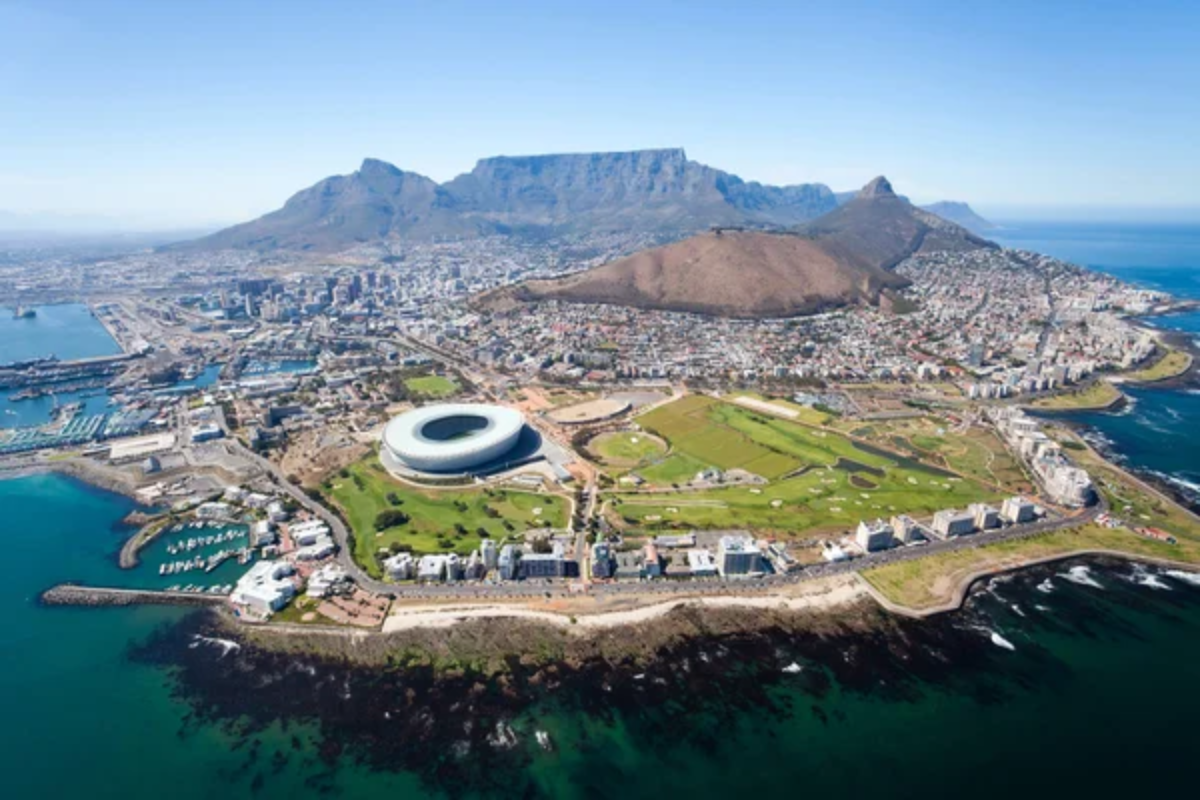
Choosing between these beautiful seacoast towns largely depends on your travel focus and tolerance. Cape Town has more dramatic nature landscapes, cheaper costs, and easier access to decidedly African cultural opportunities – but requires more thoughtful advance planning concerning security and travel.
Sydney provides world-class infrastructure, consistent quality, and multicultural diversity in a wonderfully safe environment – but at a much greater price. Both destinations present guests with experiences that capture the distinctive spirit of their continents.
More from Travel Pug

- 20 Destinations That Were Once Thriving but Are Now Quietly Disappearing
- 13 Destinations Where Tourists Regularly Regret Their Trip
- 20 Once-Popular Beach Towns That Are Now Ghostly Empty
- 10 Under-the-Radar Mountain Towns That Are Both Affordable and Beautiful
- Take a ‘Learning Vacation’ in These 20 Extraordinary Places
Like Travel Pug’s content? Follow us on MSN.
